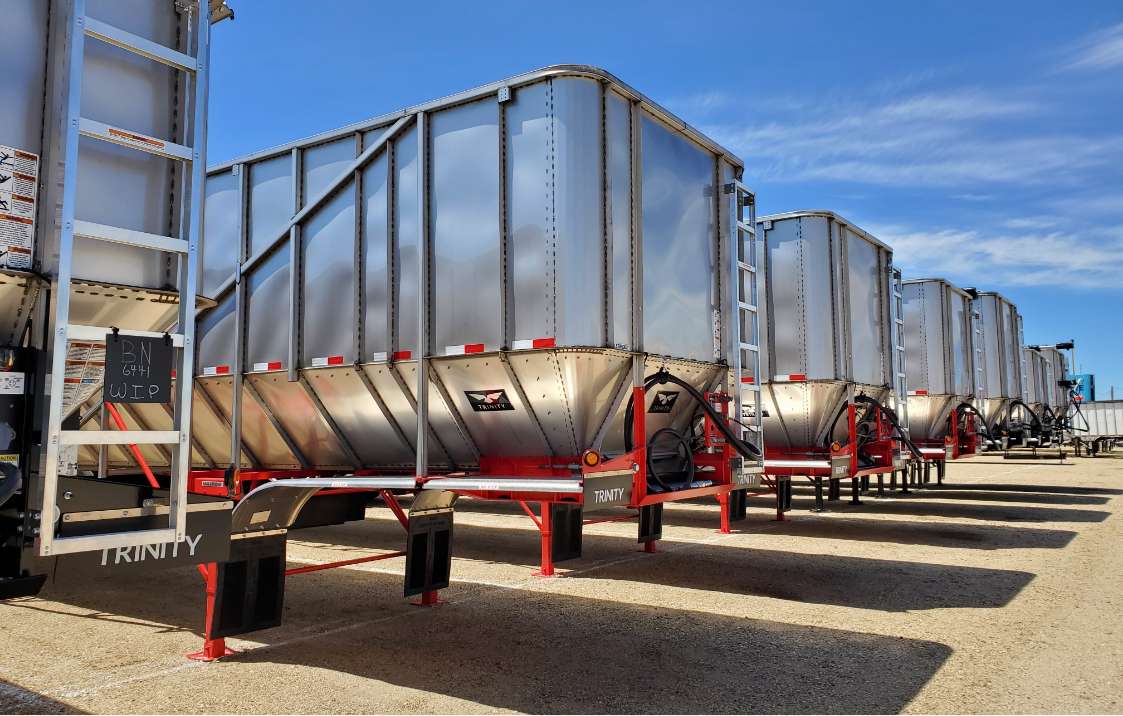Heavy Equipment Financing FAQs
Leases can be advanced up to 100% of invoice on new equipment. Pre-owned or used equipment generally requires a 10% down payment. By making a lower or no down payment, you keep your working capital. Additionally, bank operating restrictions, such as amount and term, can be limiting to your company’s growth. By maximizing your equipment financing, you can maximize operating approvals with your bank.
Common in leasing is the term “residual,” especially in relation to TRAC leases. Residual is a percentage of the total equipment price that is suspended from the lease payments. The equipment price, less the residual, is what the lessee will be making payments on for the length of the lease. A residual will typically increase for shorter leases and decrease for longer leases. This is what allows a client to have a lower payment on a TRAC lease than that of a loan or Equipment Finance Agreement (EFA). At the end of a lease term, there are several options to either purchase, trade in or refinance the equipment.
Terms for heavy equipment financing typically start at three years and can go up to 7 years or more, depending on the type of equipment. The standard in the industry is 84 months on new equipment, and 72 months on new to three year-old equipment.

